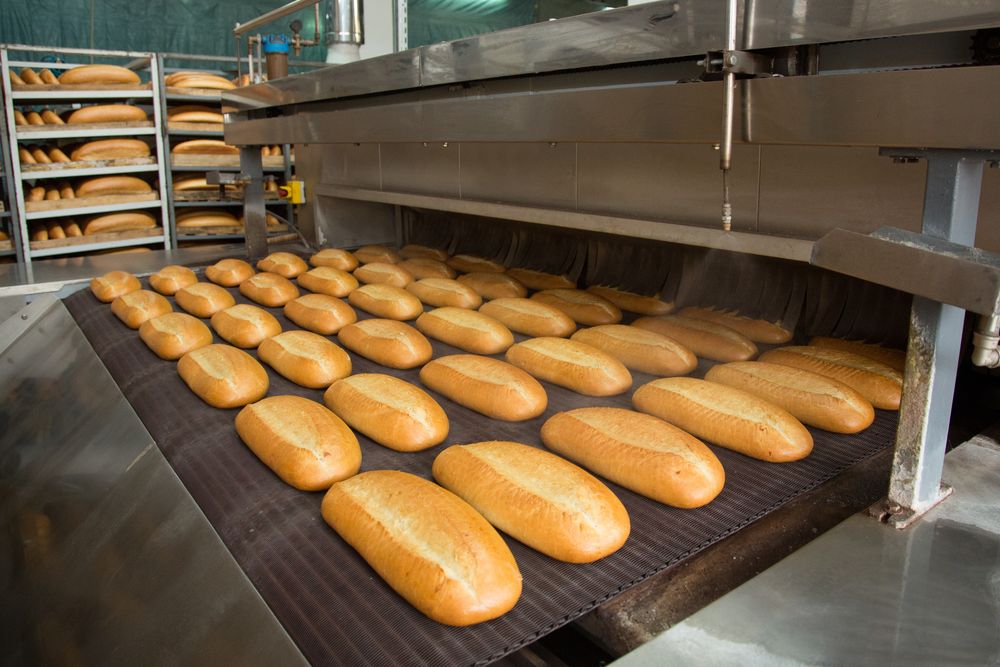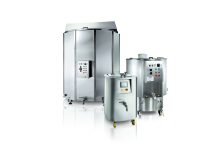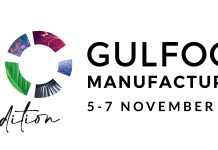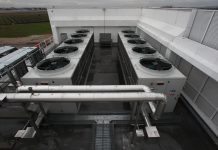Development of in-line measurement methods to assess the quality of wheat dough during the lamination process
The lamination process has an important effect on the behaviour of dough during the next processing steps and, therefore, on the final quality of baked goods. Notably, during this process the creation of irregular surfaces (as for example surface cracks) should be avoided. Although various approaches exist for crack detection, their implementation on in-line measurement systems is still limited. To this purpose, a recent study conducted by a group of German researchers (Mahadevappa et al., 2015) proposed a solution based on the use of an automatic detection and evaluation system via digital images for the in-line assessment of irregular surfaces on laminated doughs. Surface quality of these products was evaluated in terms of cracks rate, i.e. the rate between the pixels of the cracks and the pixels of the global product surface. For the validation of this system different dough varieties were tested, as those for puff pastry. The results show that this system can detect the presence of even the smallest surface defect, even in unfavourable lighting conditions. Through the implementation of this simple technology, lamination can be optimised in terms of both, process severity (distance between the rollers) and dough recipe. According to the study, in order to maximise dough quality, the cracks ratio should always be below 0.1%. In conclusion, the researchers state that the developed system, although in need of further studies, offers interesting application potentials, especially for small and medium industries, considering the limited implementation costs.
Automatic detection of different physical attributes in cookies during deep-fat frying process
Among the physical properties of a food product, colour certainly is one of the key visual attributes that most influence the acceptance of a product by most consumers. Moreover, this property is often related to other specific characteristics, such as texture. Based on the above, the importance of real-time access to information concerning these parameters during the production process is quite obvious. Over the last years, computer-controlled vision systems have been proposed as rapid, low-cost and non-destructive technique in an increasing number of applications, especially in the food industry. In a recent study, performed by a group of Iranian researchers (Adbollahi Moghaddam et al.,), this technology was used to test the kinetics of colour (by means of the parameters L*a*b*), and porosity changes in cookies of a specific type (made of wheat flour, sunflower oil, sugar and fresh cow cheese) during deep-fat frying. Even other quality parameters of the product were assessed in this study, including hardness and crust thickness; then they were correlated to the colour measurements obtained from digital images. The results show that during deep-fat frying, the colorimetric value L* (brightness) decreases, whereas the value DE /global colour change, crust thickness, internal porosity and product hardness increase. Furthermore, it was observed that changes of the variable L* and hardness followed a first-order change, while other parameters had zero-order kinetics. The activation energy of these reactions was found to be in the range of 21.20-92.86 kJ/mol, for temperatures comprised between 150 and 180°C. A good correlation was found between kinetics of colour and physical attributes (especially hardness and crust thickness). In conclusion, hence, the researchers point out that the proposed computerised vision system can reliably be used for monitoring not only the colour, but also the main physical properties of cookies during the difficult steps of their production process, as for example deep-fat frying.
References
Mahadevappa et al., Journal of Cereal Science, 64, 2015, 183-188
M.R. Abdollahi Moghaddam et al., Journal of Food Processing and Preservation, 39, 2015, 91-99




